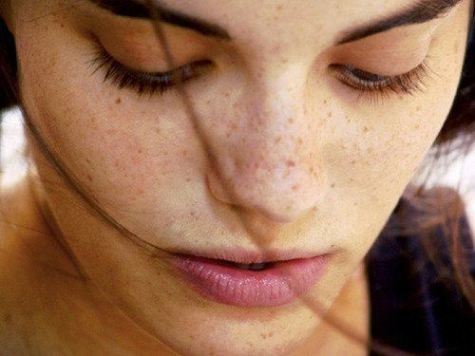Types of spots on the skin and its causes
The spots on the skin can be defined as a loss of color, usually caused by sun exposure, the effect of aging. The spots on the skin can also be a symptom of nutritional deficiency (minerals such as iron or calcium or vitamins A, B and E) or as a side effect of some cosmetics or medicines (pill, for example).
Although in most cases the spots on the skin do not go from being a cosmetic problem, with proper treatment can mitigate its appearance – within health the prevention forearmed. For this reason, before any change or alteration in the skin should consult the doctor to resolve all doubts. The spots can be classified by its hue and generally in white and dark, which in medical terms is called hyperpigmentation and depigmentation.
Types of spots
Freckles: Freckles are a benign lesion result of the accumulation of pigment. Easily recognizable because these are small and brown color, being more common in people with fair skin (especially in the redheads). Sun exposure makes them more visible, reason by which in addition are more common in the parts of the body more exposed, such as the face, neck, or arms.
Lentigines: There are also small brown spots (light or dark) and can appear almost anywhere on the body. Although very similar to freckles, not change color with sun exposure. Of course, not all lentigines are equaled (simple, solar and malignant).
Moles: Also called nevus and can be defined as a greater accumulation of melanocytes, the cells responsible for the production of skin pigment.
Although these are generally circular, can be of different shapes, textures and even color (brown to black). The moles must be monitored, since in some cases can lead to malignant melanoma (skin cancer). To monitor any changes, follow the ABCD rule (asymmetry, borders, color and diameter).
Melanoma: The melanoma is the most well-known skin tumor. It occurs when melanocytes become malignant. The changes in a mole is usually the most common sign, but there are other skin disorders that should not be underestimated, as a sore that fails to heal, redness or swelling beyond the edge of a mole itching, tenderness, or pain or changes in the surface of a mole (flaking, oozing, bleeding).
Vitiligo: White spots, also called leukoderma – it tend to appear on the face (eyes, mouth and nose) and legs. It is an autoimmune disorder caused by the disappearance of melanocytes in the skin, resulting in a loss of melanin.
Melasma: A type of spots (hyperpigmentation) that primarily affect women, in particular during pregnancy what is also called the mask of pregnancy. These may also appear during menopause or as a side effect of taking birth control. Usually these appear on the face (forehead, nose, upper lip and cheeks).
